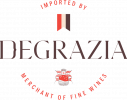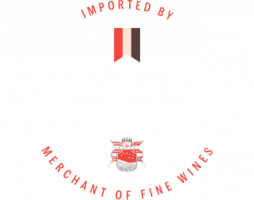2021
Harvest
2021
Harvest
Puglia
Quantity: -5% compared to the 2020 harvest
The 2021 season has a regional peculiarity: drought. It was, of course, a factor that influenced the production, but with uneven effects on the heterogeneous territory of Puglia where, when it was possible, it was mitigated by the so-called “emergency irrigation”.
The phytosanitary state of the vineyards does not seem to present particular criticalities, apart from a delay from 7 to 10 days for the cutting of the first bunch.
The description area by area confirms a positive and normal year, with a slight decrease in production compared to 2020.
In the province of Foggia, winter spent in normal conditions with temperatures and rainfall in the average for the period. During the stages of budding and separation of the bunches, important rains followed one another which favored the vigor of the plants. The phenomena of dripping, flower abortions and the absence of rains have led to production decreases compared to the previous annual averages; the quality of the grapes is currently very good and promises to be an excellent product.
In the Taranto area, the cold arrived in January, not excessively harsh but lasted until the months of March and April. The budding phase took place in a stunted and traumatic way. The climatic criticality in the budding phase with low temperatures and frequent rains caused a delay of 10-15 days in the flowering phase and an imperfect fruit set. From the second decade of June, the good weather, with temperatures even higher than average, allowed for a good vegetative recovery. But the damage caused by the rainy and cold climate was already noticeable: short bunches, not perfectly elongated, sparse, with the veraison phase started late. A slightly higher production is expected for Primitivo.
In the province of Bari, winter temperatures were in line with seasonal averages, while the spring climate recorded lower than average temperatures (especially April and May), which led to a delay in all phenological phases. The cluster of Sangiovese and Ciliegiolo has also remained smaller. Overall, production is estimated to be down compared to the last harvest and a really good year from a health and quality point of view of the grapes.
For the Itria Valley, the situation is optimal. The health of the grapes is very good. From a first estimate it is possible to hypothesize a decrease in production due to the freezing recorded in the region and some problems of dripping due to cold temperatures during flowering.
In the Lecce area, a decrease in production is estimated due to the anomalous climate and temperature changes. Salento, in small areas and on two occasions in July and August, was affected by hail in patches. Where it hit, it caused substantial damage.
The quantity of grapes in the areas not affected by the hailstorms of May will be slightly less than that of 2020. If the climatic conditions do not change, the current harvest will be able to give satisfactions to the Salento producers. This year the grapes have ripened in the right time, probably there will not be the large quantity of last year, but the quality will be remembered. In Salento we started at the turn of August with Chardonnay, Pinot and in general with early grapes (also for sparkling wine base) with excellent performance. The Primitivo follows closely at the beginning of September, with some concerns about the tightness of the skin of the berries. In general, excellent productions of white and rosé wines are expected, as well as for the reds with peaks of exceptionality, thanks to its versatility, of Negroamaro, which will be harvested starting from the second ten days of September.



